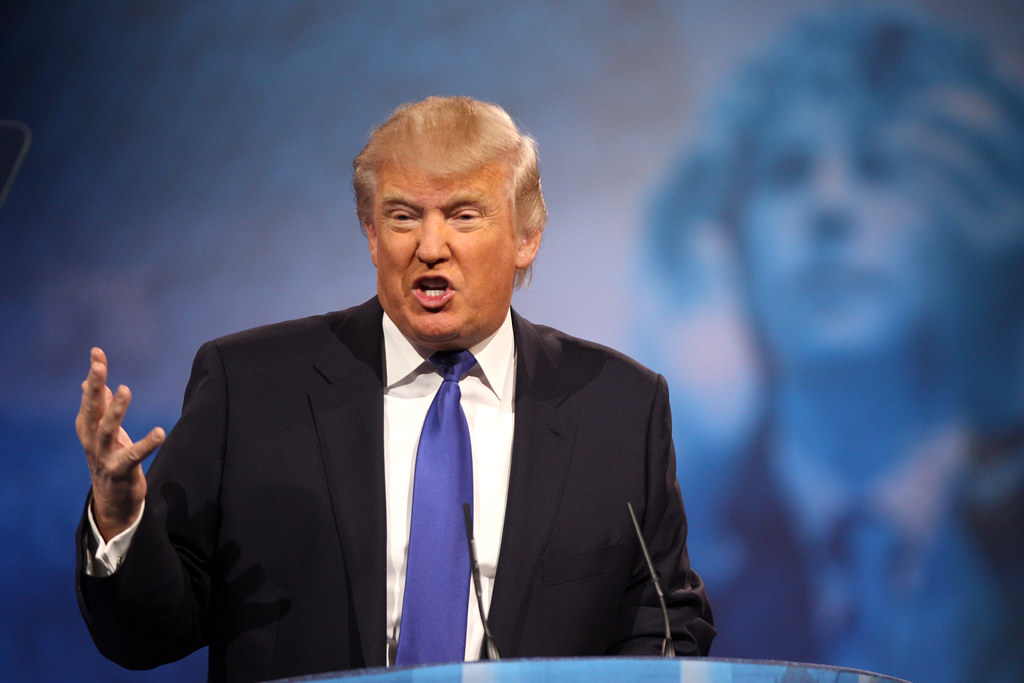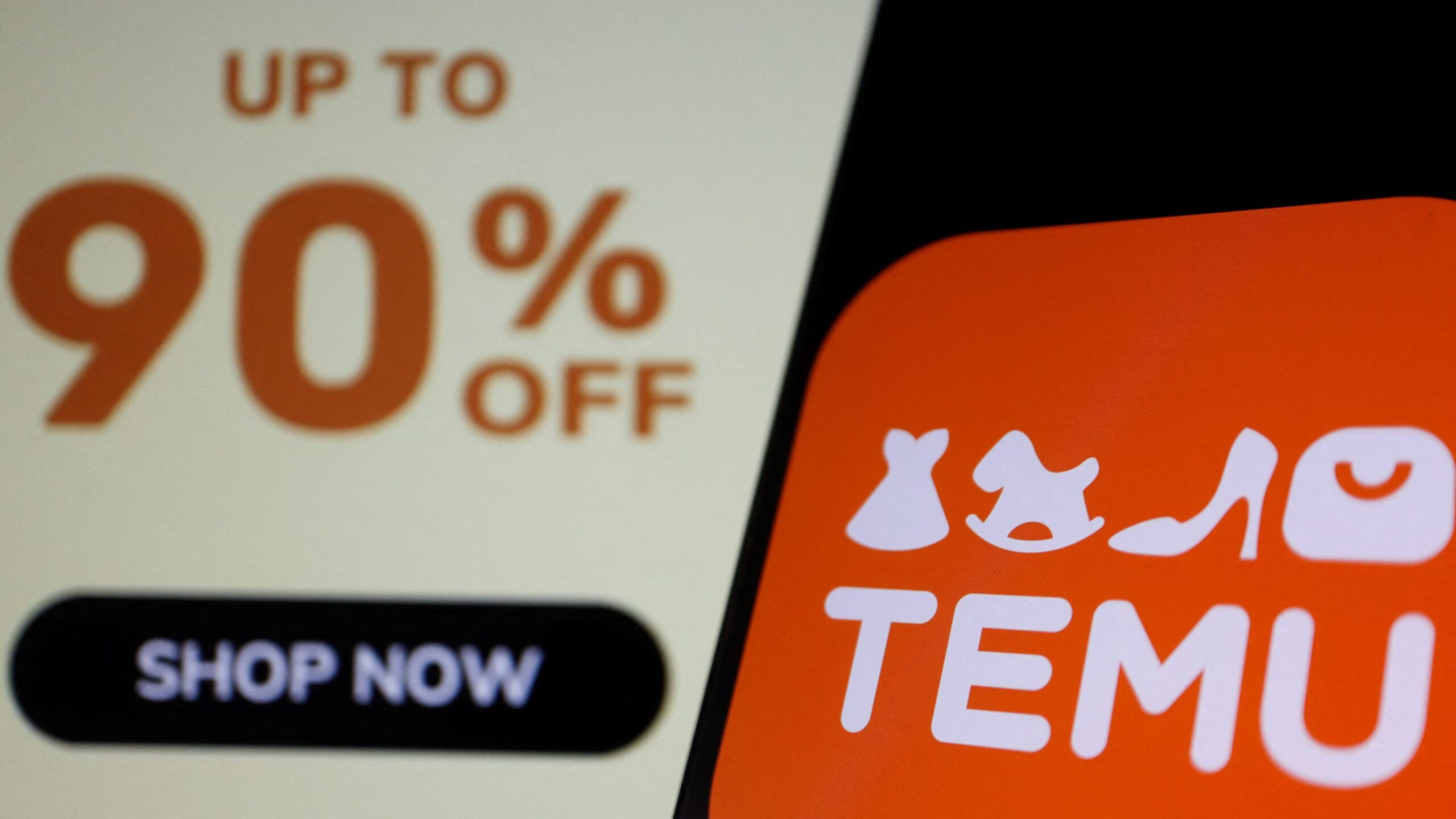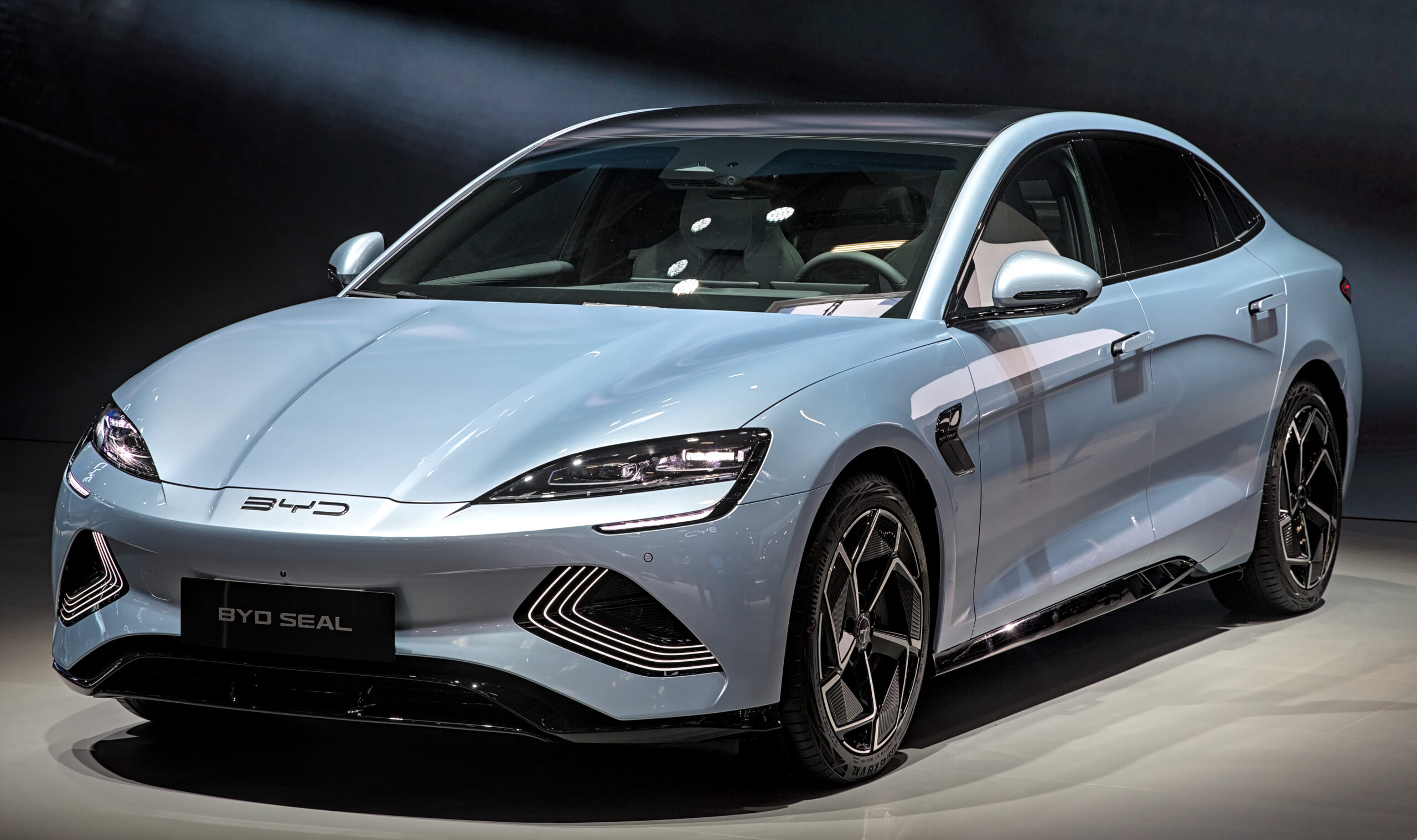Nintendo has launched a new museum in Kyoto, showcasing 135 years of history, from its beginnings as a playing card company to its current status as a global entertainment powerhouse.
Opened on October 2nd, the museum covers Nintendo’s journey, highlighting the development of iconic franchises like Super Mario and Pokémon. Visitors can explore interactive exhibits, merchandise, and displays of the company’s diverse products, though strict limitations have already been imposed on certain popular gift shop items to deter reselling.
The museum’s opening is part of a broader effort by Nintendo’s leadership to celebrate the company’s achievements and transition to new ventures, including theme parks, stores, and movies. Despite this shift toward engaging more directly with the public, the museum itself reflects the company’s historically reserved stance. Nintendo has often let its products speak for themselves, a sentiment echoed by Shigeru Miyamoto, one of its most influential creators.
“I feel that the only way to connect and communicate with the consumer is through the product,” Nintendo Executive Fellow and Representative Director Shigeru Miyamoto said at a recent press conference.
The museum’s two floors offer visitors a variety of experiences. On the first floor, there are large-scale games where visitors can shoot at animated creatures or pilot aircraft, as well as a baseball pitching device, the Nintendo Ultra Machine, which was sold from 1967 to 1974.
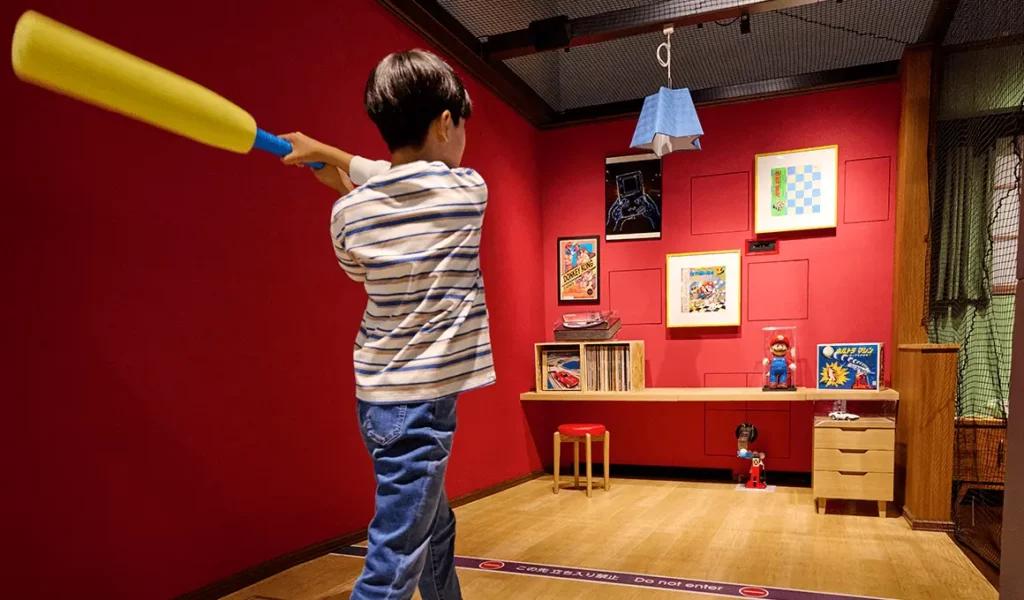


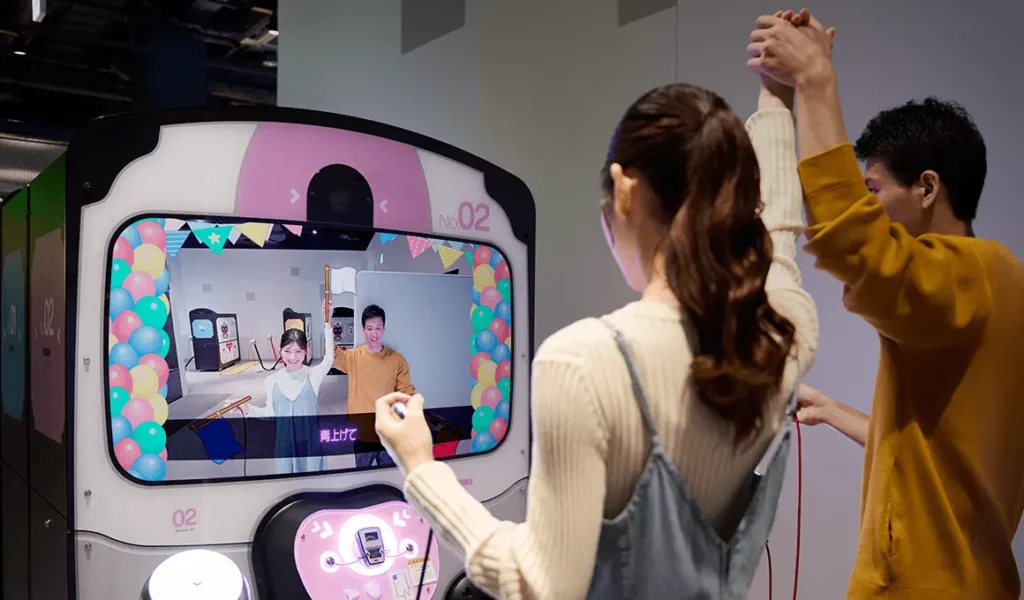





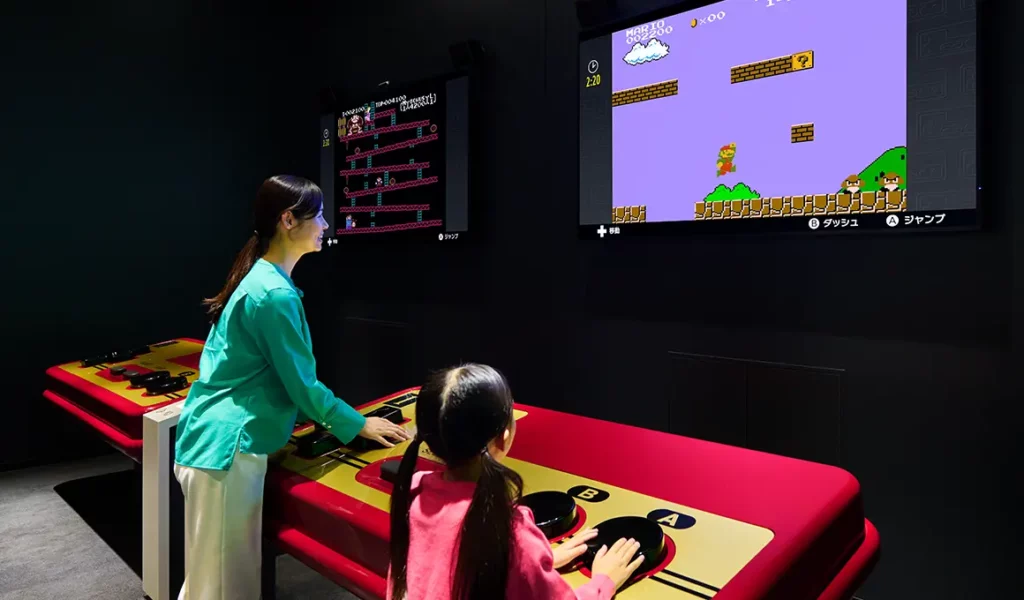


The second floor houses exhibits on Nintendo’s original hanafuda playing cards, established in 1889, and provides a walk through decades of gaming consoles, toys, and other products. The displays show the evolution of major game franchises, such as Super Mario, though they are sparsely labeled, encouraging visitors to engage with the content in their own way.
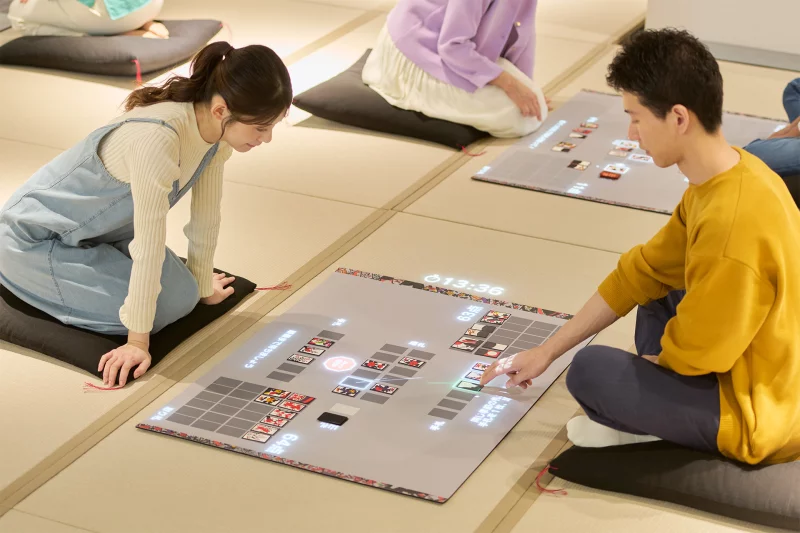


Nintendo Restricts Merchandise Purchases to Curb Reselling
While the museum itself has generated significant interest, the exclusive merchandise in the gift shop has sparked an even greater buzz. Items such as a giant plush Wii Remote and a set of controller cushions have already appeared on resale platforms like eBay at inflated prices, with the Wii Remote listed for $474 and the controller cushions set at $1,399.
In response, Nintendo announced that several items, including miniature controller keychain collections, neck straps, magnet collections, hanafuda card sets, and controller-shaped cushions, will be limited to one per customer to deter online reselling.
Attendance at the museum is highly restricted as well. Tickets can only be obtained through an online reservation system, and all available slots have already been claimed through the end of 2024. Despite this, the museum remains a significant draw, offering both nostalgic and new experiences for visitors. Analysts point out that Nintendo’s focus on gameplay, rather than cutting-edge hardware, continues to play a key role in its success.
Akihiro Saito, a professor at Asia University and director of Nintendo’s Pokémon games, attributes this success to a theory he calls “gamenics,” which emphasizes the design of games that teach players through observation and immersion, rather than manuals or tutorials.
Japanese Culture Behind Success
Saito also suggests that Japanese culture, particularly the craftsmanship and hospitality traditions of Kyoto, are central to Nintendo’s global appeal. The museum’s design, which incorporates subtle elements of Kyoto-style hospitality known as “omotenashi,” encourages visitors to experience the space as both a celebration of Japanese culture and Nintendo’s entertainment history.
As the museum opens its doors to the public, it not only provides a deep dive into Nintendo’s storied past but also highlights the company’s unique approach to blending innovation, gameplay, and cultural values. Visitors are invited to engage with the exhibits and the carefully curated merchandise, though the limits on purchases are a clear attempt to maintain a sense of exclusivity and discourage the resale of these rare items.


